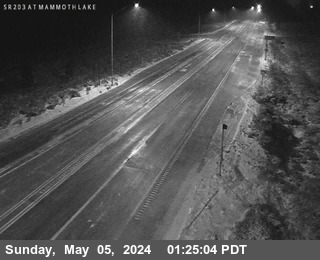Brought to you by Howard Sheckter
Upper high to strengthen off shore into the weekend while weak great basin sliders kick up some north winds Friday….Longer range still clouded…..
Tuesday January 18, 2022
1 20 22
So far and at this time, I am not excited about the possibility of a significant storm the end of the month or even the first days of February. The maps are not shaping up well and Neither the MJO. What may happen is a slider pattern with light snowfall, periods of wind and colder temperatures. Beyond ground hogs day, there is not much to get excited about as well. I checked the ECMWF WEEKLIES and the control has an encouraging cutoff high near the Bering sea, with under cutting belt of westerlies suggesting a possible AR. However, it’s ensembles are not as encouraging. More importantly, it takes a strong jet to accomplish a break through of the westerlies like that, so you need the support of the MJO. But it’s not there. Even this mornings CFS has pulled it’s horns in for the week 3 period. Tropical forcing looks unusually quiet. Stay tuned…
The Dweeber…….
——————————————————————————————————————-
The next week to 10 days is pretty straight forwarded. It will be dry with periods of high cloudiness. Temps will range a bit above normal with highs remaining in the 40s and lows in the teens and twenties. Any important winds will be over the crest out of the N or NE.
Most everyone wants to know when it will snow again. At the moment the month of January looks to go out pretty dry. There is only a small percentage of the models runs that bring us any snow at this time at months end.
Here is the big dilemma. The GFS Ensembles are now forecasting the MJO phase space again unlike a week ago. The model take the MJO into the circle and leave it there the next couple of weeks. For the west coast, or anywhere else for that matter, means that there will not be MJO tropical forcing in any phase space, let alone over the western pacific where we want it. The Euro does show a signal moving into the western pacific, however, the CPC is not buying into it being an actual MJO during week two. It is thought that the signal may be either a *Kelvin wave” or *Equatorial Rossby Wave, which usually is usually not strong enough to modulate the westerlies.
Kelvin waves and EQ Rossby waves are other air sea coupled regions of tropical variability. Rossby waves are gravity waves that move from east to west while Kelvin Waves are very slow moving waves from West to East. They can mask themselves as the MJO sometimes as they enhance tropical convection and create upper divergence.
I think that being we do not have a clear signal about the influence of the MJO over the western pacific, it will make the weeks 2 and 3 outlooks much more challenging. With that said, the GFS and ECMWF at this time, still shows a pattern in transition the end of the month, with the the possibility of a storm. The main point here is that there is no MJO support of should I say tropical forcing during that time frame. Without that, the Dweebs at this point are very very much cautiously optimistic at this point in time about a storm at months end. Stay tuned will update next week. I expect a lot of global model flip flopping.
Dr Howard and the Dweebs……………….:-)




